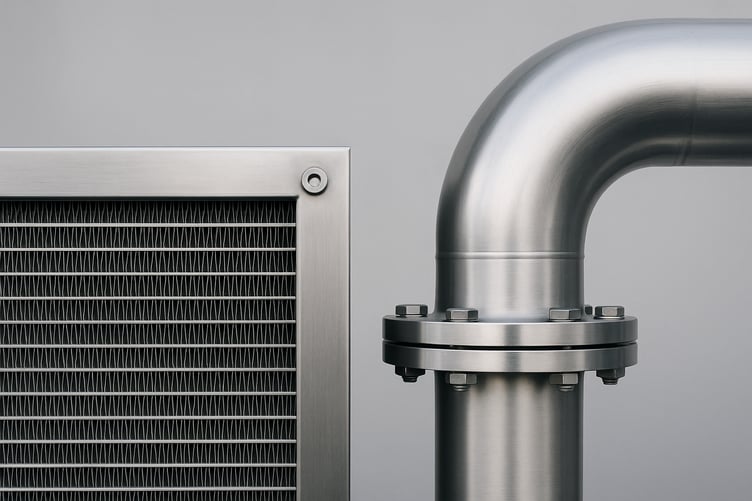If you're exploring the key components that keep a refinery or petrochemical plant running smoothly, one piece of equipment stands out for its importance: the process furnace. Also known as the direct-fired heater.
This unit plays a critical role in the heart of the operation, and understanding how it works and why it's essential can give you better insight into the bigger picture of industrial processing.
Why the Process Furnace Matters
In simple terms, a process furnace is used to heat fluids, usually crude oil or intermediate feedstocks, to very high temperatures before they move on to further processing. It’s typically the first major piece of equipment the material passes through in a refinery or plant.
Without the furnace, the chemical reactions and separations that take place downstream just wouldn’t happen. It brings the feedstock up to the right conditions so it can enter a distillation column, reactor or other unit ready to undergo its transformation.
Main Functions of a Direct-Fired Heater
- The process furnace might seem like just a giant metal box but there’s a lot going on inside. Here’s what it does:
- Heats feedstock to the precise temperature required for downstream processing
- Ensures even temperature distribution to prevent thermal cracking or damage
- Burns fuel efficiently to achieve maximum heat with minimum waste
- Offers control systems for safe operation under high temperatures and pressures
If you'd like to know more about how they work, simply click here aitesa.com/en/direct-fired-heaters/ so that you can dive into this topic more.
Key Components You’ll Find
- A well-designed process furnace has several critical components that all need to function smoothly:
- Radiant and convection sections: These are where the actual heating happens. The radiant section handles the high-temperature part of the process, while the convection section captures heat from flue gases to improve efficiency.
- Burners: Located at the base of the furnace, burners are responsible for producing the flame that generates heat. Their design affects how well the heat spreads and how clean the combustion is.
- Tubes and coils: The fluid to be heated runs through these tubes. They’re made of materials that can withstand extreme heat without cracking or warping.
- Stack: The chimney or stack helps exhaust flue gases safely, often with heat recovery systems in place to boost overall energy efficiency.
Safety and Efficiency Considerations
Operating a process furnace isn’t something to take lightly. The temperatures involved can easily reach above 1,000°C and you're dealing with flammable gases or liquids, so safety systems are vital.
Many plants now include advanced monitoring and automation systems that:
- Detect temperature fluctuations quickly
- Manage combustion conditions to reduce emissions
- Alert operators to pressure changes or fuel supply issues
Regular maintenance is just as important as fouling, corrosion or burner misalignment can reduce efficiency and lead to dangerous conditions.
There You Have It
In the world of refineries and petrochemical plants, the process furnace is far more than just another machine. It’s a gateway that gets feedstock to where it needs to be, at just the right conditions. With a properly designed and well-maintained direct-fired heater, a facility can maximise its output while keeping safety and efficiency in check. So if you're looking at how these plants function, this is one piece of kit worth paying close attention to, as it plays a massive role in the whole process.





Comments
This article has no comments yet. Be the first to leave a comment.